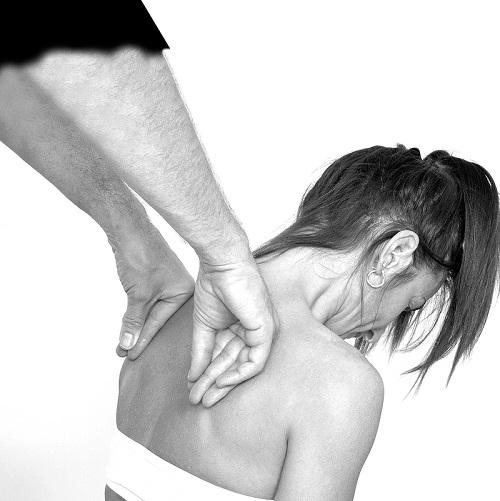
This class enables participants to respond more precisely and efficiently to myofascial restrictions throughout the entire body. Emphasis is given to understanding the physiological and mechanical properties of fascia as a way of maximising efficiency and minimising pain during treatments. This becomes the basis for mastering a range of techniques and approaches that open joints, realign muscles and repattern the neuromuscular system.
The class focuses on learning via extensive student exchange
Students will:
Expand their ability to make specific responses to myofascial restrictions
Develop palpatory sensitivity and accuracy
Achieve predictable outcomes in treatments
You will learn the correct techniques for:
Ankle Retinaculum
Anterior Compartment
Hamstrings
Ilio Tibial Band
Hip Triangle
Quadratus Lumborum
Thoracolumbar Fascia
Fasciae of Axilla
Cervical Myofasciae
AND More
Continuing Education Credits (CEUs) have been granted for this class by:
AAMT – 20 CEUs
AMT (5 CEUs per hour of attendance)
ATMS – 12 CEUs
Study Myofascial Tension Technqiue in Melbourne with MIMT. Contact us today for more information.
Complete a myofascial course in Melbourne with MIMT
Upcoming Course Dates
Please call 1300 839 839 for available dates.
Trainers For This Course

A legend in the field of Myofascial Release, Michael has been a part of MIMT since 1999. Michael takes all our Myofascial technique classes enabling students to respond more precisely and efficiently to soft tissue restrictions throughout the entire body.
Our Trainers >>
FAQS
Myofascial release is used to treat myofascial pain. This is caused by tightness and sensitivity in the myofascial tissue (this supports muscle throughout the body).
During myofascial release, you will massage and stretch rigid or tense areas of your client’s body with light manual pressure.
What’s the difference between a myofascial release and myotherapy? Do I need to know how to do both?
Myotherapists use myofascial release all the time. The main difference – myofascial release is a technique, whereas myotherapy is a practice.
Myotherapy is a form of physical therapy which focuses on the assessment, treatment, and rehabilitation of musculoskeletal pain or restricted joint movement.
Myofascial release training can be beneficial for myotherapists, sports massage therapists, remedial therapists, soft tissue therapists and physiotherapists.
Our myofascial release therapy training is considered a short postgraduate course. You will be required to complete 18 hours of training and complete an assessment to pass the course.
Our Myofascial release course is conducted face to face at either our Heidelberg or Moorabbin campuses.
You will need to attend class on campus for the “hands on” massage units. This is programmed at various times throughout the year.
We have a wide range of postgraduate courses you can take to refine and expand your massage therapy skills. For example, you might choose to study dry needling, cupping therapy, oriental massage, or soft tissue therapy, all of which can help broaden your experience.

